Silage Price in Pakistan: A Comprehensive Guide

Silage is critical in supporting livestock farming in Pakistan, especially for dairy and beef cattle. As a type of fermented, high-moisture feed made from grass or green vegetation, silage is fed to ruminants to meet their nutritional needs during food scarcity. Silage Price in Pakistan: A Comprehensive Guide provides valuable insights into the silage market in Pakistan, including silage price, cost, production, suppliers, and quality. By considering these factors, farmers and livestock owners can make informed decisions when purchasing silage and ensure their animals receive proper nutrition at a competitive price.
The Importance of Silage for Livestock
The livestock farming industry has a major impact on the economy of Pakistan, with numerous individuals relying on it for their livelihood. To maintain the health, growth, and milk production of these animals, it is crucial to supply them with adequate nutrition. Silage ensures that a consistent supply of nutritious feed is available throughout the year, thus maintaining productivity levels in this sector.
Types of Silage
In Pakistan, maize and sorghum are the two most commonly used crops for silage production. These crops are widely grown and have a high nutritional value for livestock. The choice of crops used for silage, such as oat and barley, but farmers always aim to maintain the highest level of Silage quality. Farmers can ensure that their livestock receives the proper nutrients they need to thrive by focusing on producing the best quality Silage.

Don’t compromise on quality – order the best corn silage for your farm today!
Best Quality Corn Silage
Factors Affecting Silage Prices in Pakistan
The cost of silage in Pakistan is subject to several factors that can fluctuate across regions and change over time. To help buyers make informed decisions and secure the best deals, it is important to understand these factors, including silage price in Pakistan and silage packing machine price in Pakistan.
Crop Yield and Quality
The silage quality factors, such as the nutritional value, play a significant role in determining the cost of silage. Crop yield and quality are crucial determinants of silage prices in Pakistan. However, weather conditions, soil fertility, and pest infestations can greatly impact crop yield and quality. These silage quality factors in Pakistan must be taken into consideration when determining the price of silage in the market.
Local and International Market Conditions:
Both local and international market conditions can affect the demand for silage and its prices in Pakistan. The market price of silage are influenced by factors such as high demand, which can drive prices up, and low demand or oversupply, which can result in lower prices. Additionally, global trends in feed prices and currency exchange rates can also impact the prices of silage.
Storage and Transportation Costs:
Storing and transporting silage can impact its price, especially if the buyers obtain it from far-off locations. Silage is crucial in Pakistan’s livestock farming industry. While storage, transportation, and regional availability affect silage prices. Effective silage storage solutions are used in Pakistan to preserve the quality of livestock feed.
Government Policies and Subsidies:
Agricultural policies and subsidies imposed by the government can influence silage prices. For instance, the government of Pakistan might provide subsidies to help farmers, which could lead to lower hay prices for purchasers. On the other hand, alterations in policies or subsidies could cause prices to rise.
Exploring Corn Silage Prices in Pakistan
The current cost of corn silage in Pakistan is a crucial factor to consider when choosing livestock feed. By exploring Pakistan’s corn silage prices, you can better understand how they impact your decisions.
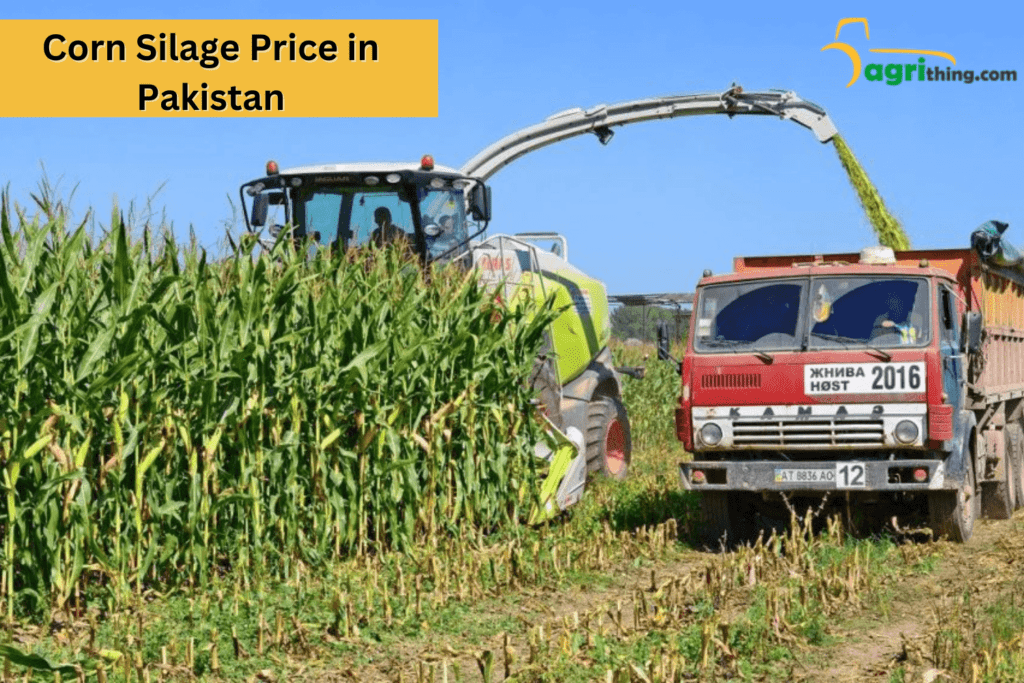

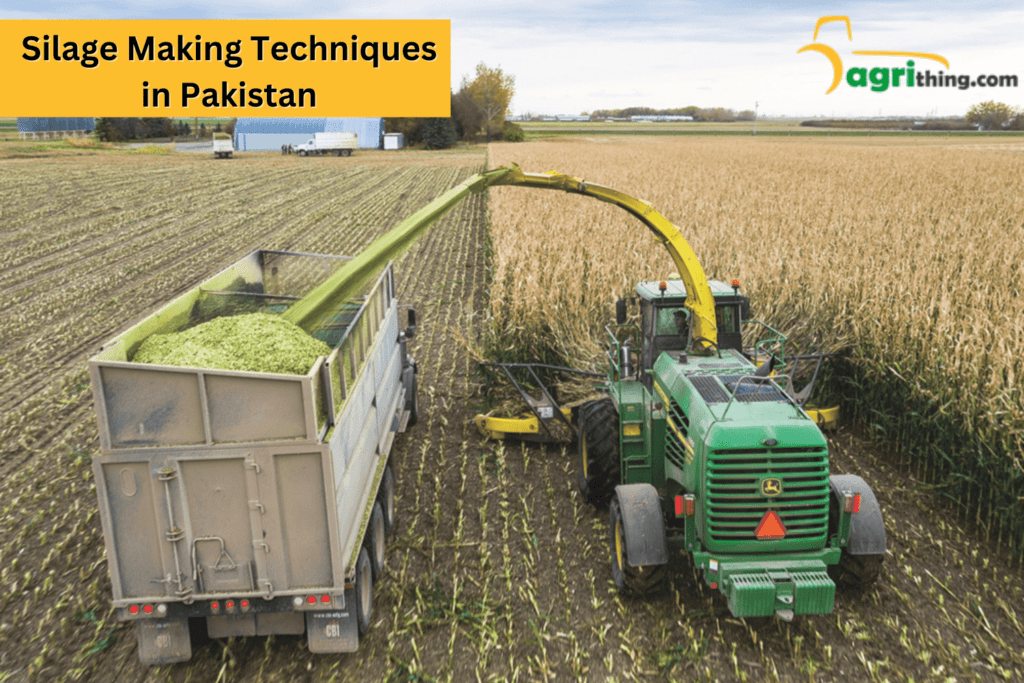


Different Types of Silages and Prices in Pakistan
| Names Of Silages | Per Ton/ | Types: |
|---|---|---|
| Maize Silage: | Price: PKR 5,000 to 7,500 per ton | Maize silage is the most common and popular type of silage used in Pakistan. It is made by fermenting chopped maize plants, which are high in energy, protein, and digestibility. |
| Sorghum Silage: | Price: PKR 4,000 to 6,000 per ton | Sorghum silage is an alternative to maize silage, made from the fermentation of chopped sorghum plants. It is a good source of energy and protein. |
| Oat Silage: | Price: PKR 3,500 to 5,500 per ton | Oat silage is made from fermenting chopped oat plants, offering a good balance of energy, protein, and fiber. |
| Fresh Green Fodder: | Price: PKR 1,500 to 2,500 per ton | Fresh green fodder includes various grasses, legumes, and crop residues that are fed to livestock without any processing. |
| Hay: | Price: PKR 3,000 to 4,500 per ton | Hay is made by drying grasses, legumes, or other forage crops, which can then be stored and fed to livestock. |
| Concentrates: | Price: PKR 8,000 to 12,000 per ton | Concentrates are commercial feed products containing high levels of energy, protein, and nutrients. |
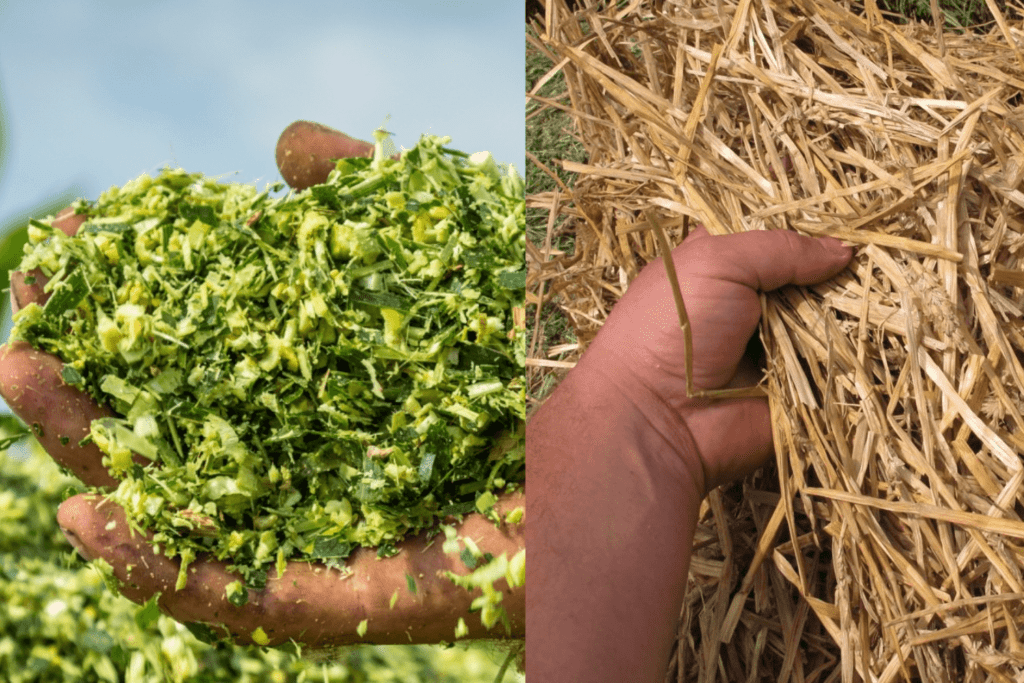
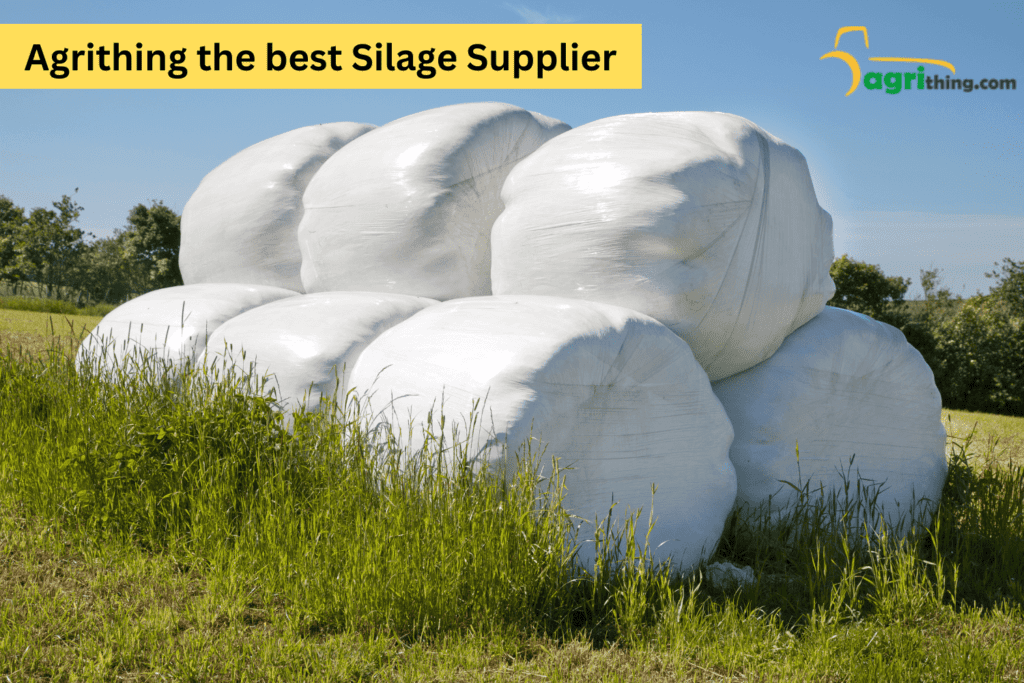
Popular Silage Sources and Price Factors in Pakistan
Maize Silage
In Pakistan Maize Silage leading silage production crop because of its abundant yield, appealing taste, and nutritious value. Maize silage is a rich source of energy and fiber, making it a fantastic feed option for dairy and beef cattle.
Price Factors
Earlier factors such as crop yield, market conditions, and government policies can affect maize silage prices. The availability of suitable maize varieties for silage production can also impact cost and price.
Sorghum Silage
In Pakistan, sorghum silage is another popular livestock feed. In regions with challenging growing conditions, sorghum is a viable alternative to maize because it is more resistant to drought and pests.
Price Factors
In the same way, as maize silage, sorghum silage prices depend on factors such as crop yield, market conditions, and government regulations. New varieties of sorghum specifically bred for silage production may impact sorghum silage prices.
Costs and Techniques
Silage production costs impact livestock feeding success in Pakistan. To optimize, understand costs and use proper silage-making techniques for high-quality feed. Pakistani farmers aim for informed decisions and animal health through cost and technique knowledge.
How to Buy Silage at Competitive Prices
It takes some research and effort to find silage at a competitive price. Buyers can secure the best deals by following these strategies:
Buy Directly from Farmers
One can often secure an affordable silage price by purchasing directly from farmers, as it eliminates intermediaries and lowers transportation costs. Furthermore, buying directly from farmers allows buyers to assess the quality of the silage in person.
Cooperatives and Local Markets
Cooperatives and local markets are alternative sources for obtaining silage at competitive prices. By pooling resources, cooperatives can provide better deals, while local markets offer buyers the opportunity to compare prices and negotiate for the best deal.
Online Platforms
Online platforms have revolutionized the silage market by connecting buyers and sellers. These platforms provide a convenient way to compare prices and access a broader selection of options. Before making a purchase, buyers need to assess the platform’s and the seller’s credibility. Understanding Silage market trends is also essential in making informed purchasing decisions.
Upgrade your farm’s feed with export-quality silage,
available at our store.
Export-Quality Silage
Conclusion
Silage Price in Pakistan: A Comprehensive Guide provides information on factors affecting the silage market, such as price, cost, production, suppliers, and quality. By considering these factors, farmers and livestock owners can make informed decisions and ensure their animals receive proper nutrition at a competitive price.
Frequently Asked Questions (FAQs):
What is the importance of silage in Pakistan?
Silage is essential for livestock farming in Pakistan as it provides a consistent supply of quality fodder throughout the year, ensuring the health, growth, and milk production of animals.
What are the most common types of silage in Pakistan?
Higher crop yield and quality typically result in higher silage prices, while lower yield and quality can lead to lower prices.
How do crop yield and quality affect silage prices in Pakistan?
Higher crop yield and quality typically result in higher silage prices, while lower yield and quality can lead to lower prices.
How can buyers find competitively priced silage in Pakistan?
Buyers can find competitively priced silage by purchasing directly from farmers, exploring cooperatives and local markets, or using online platforms to compare prices and options.
What are the most common types of silage in Pakistan?
Government policies and subsidies on agriculture can affect silage prices by either lowering or increasing them, depending on the specific policy or subsidy implemented.
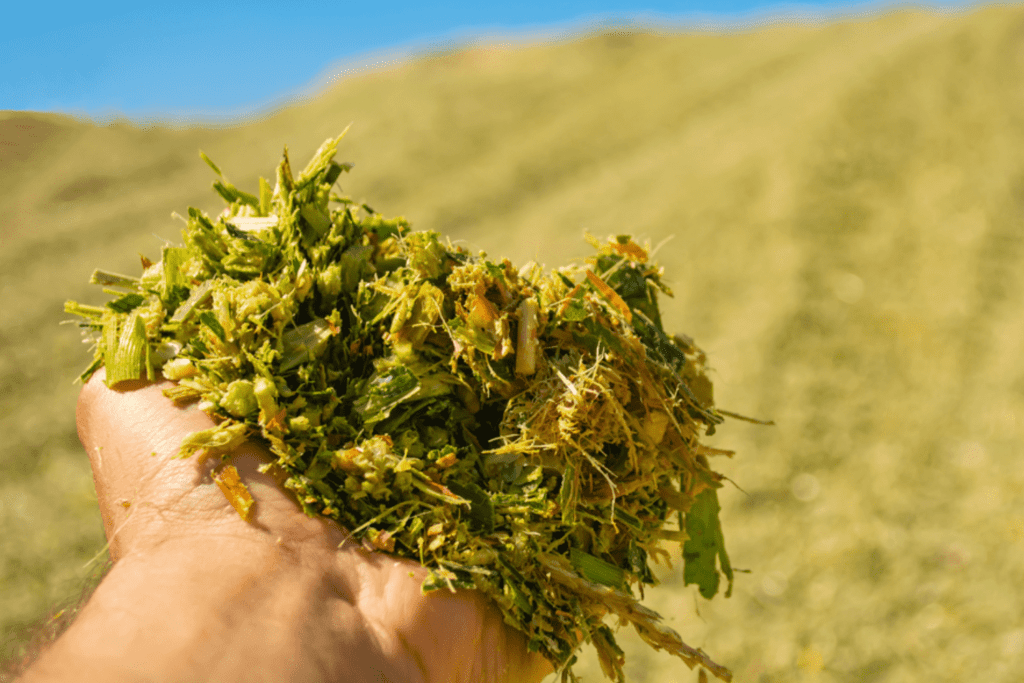

People Also Ask
What is the current silage price in Pakistan?
The price of silage can vary based on several factors, such as regional availability, transportation costs, and market conditions. It would be best to check with local silage suppliers or conduct research on current market trends to obtain the most up-to-date information on silage prices in Pakistan.
How is the silage price determined in Pakistan?
The price of silage can vary based on several factors, such as regional availability, transportation costs, and market conditions. It would be best to check with local silage suppliers or conduct research on current market trends to obtain the most up-to-date information on silage prices in Pakistan.
What factors affect the silage price in Pakistan?
Several factors can influence the silage price in Pakistan, including:
- Regional availability of crops used for silage production
- Transportation costs
- Crop yield
- Market conditions
- Government policies
- Quality and type of silage
- Demand for silage
- Silage production costs
What are the different types of silage available in Pakistan?
In Pakistan, farmers and livestock suppliers have several options for silage types, including:
- Maize silage
- Sorghum silage
- Oat silage
- Barley silage
- Grass silage

Leave your comment